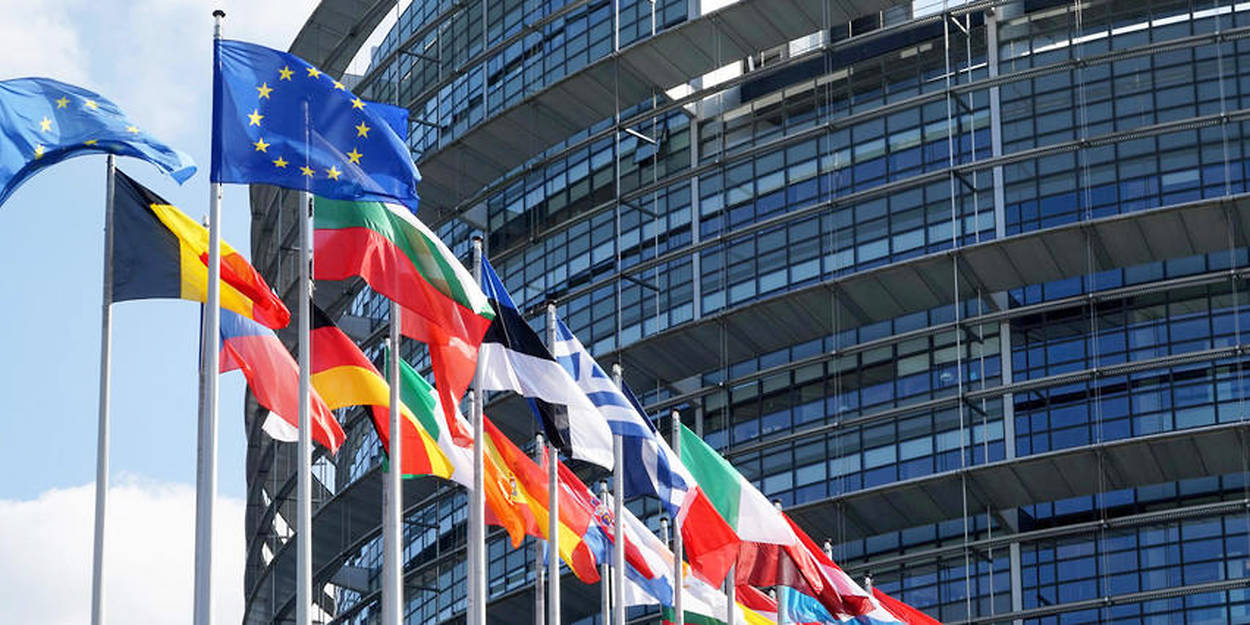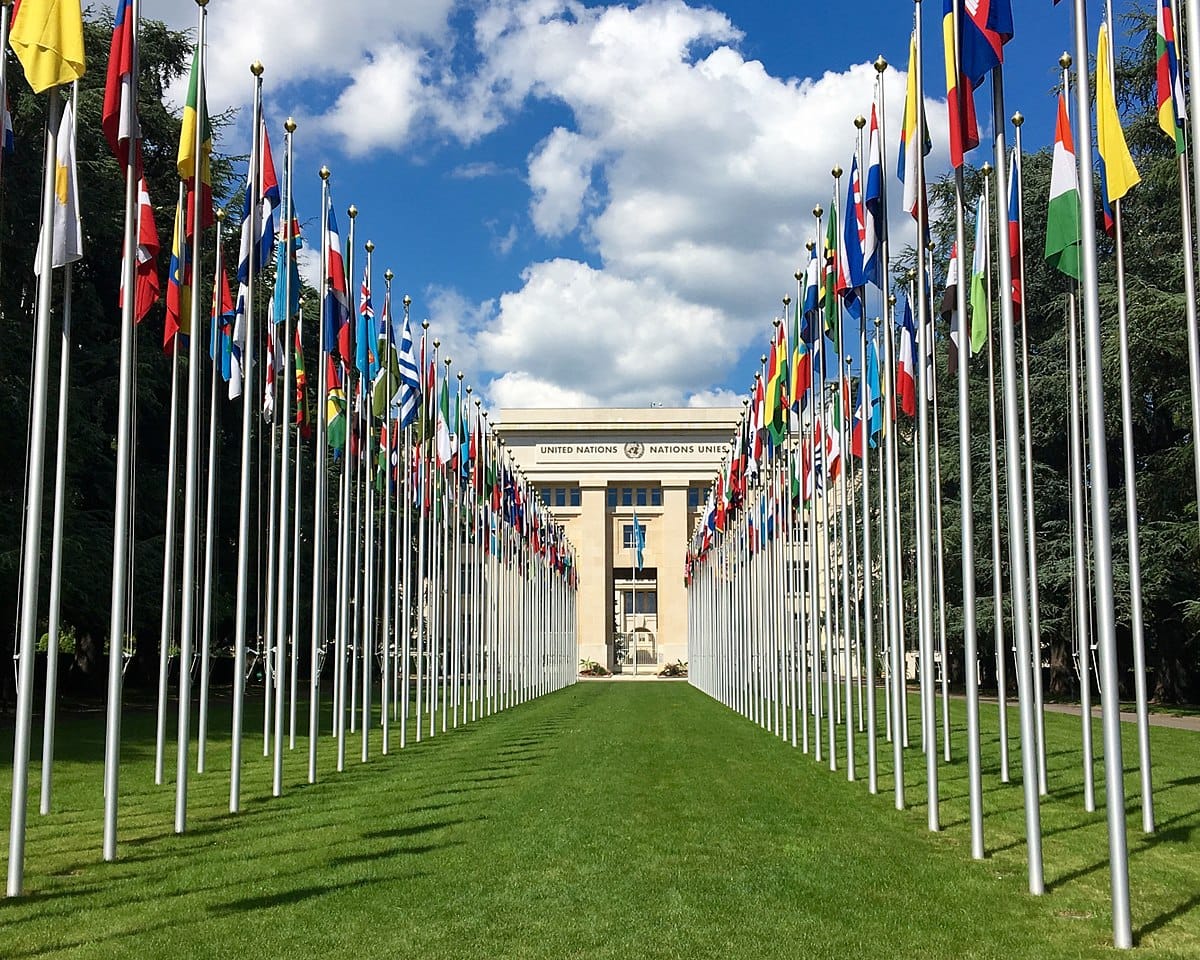There are no signs that the United States is preparing to withdraw its troops from the Baltic states, Lithuanian President Gitanas Nausėda has stated. His comments come amid growing speculation over the future of US military involvement in Europe under President Donald Trump.
Speaking on Wednesday following a meeting with party leaders, Nausėda reaffirmed that discussions regarding the US role in NATO were ongoing but insisted that the security of NATO’s eastern flank remained a priority.
“There are no such indications. Yes, there are ongoing discussions on what the United States’ involvement in Europe could be, but I think that our partners are well aware that NATO’s eastern flank, its security, is perhaps the cornerstone of NATO’s security because this is where the risks related to the activities of aggressors are,” Nausėda said.
Transatlantic Cooperation a Priority
The Lithuanian leader underscored the importance of preserving transatlantic cooperation within NATO, stressing that it remains the most vital mechanism for collective defence.
“I stated during the meeting today that we must preserve transatlantic cooperation as the apple of our eye in all conditions. The NATO organisation is the most important mechanism of our collective defence,” he said.
Nausėda also expressed confidence that the upcoming NATO summit in The Hague would reinforce the alliance rather than weaken it.
“We will do our utmost to ensure that, after The Hague summit, we will be able to say that NATO has grown stronger, not weaker,” he added.
Reports of Potential US Withdrawal
Speculation about a potential reduction in US military presence in the Baltic region was fuelled by a recent column in the Financial Times. Columnist Gideon Rachman, citing unnamed sources, reported that European officials believe Trump may withdraw US troops from the Baltic states and possibly even further west, which could leave the European Union more vulnerable to Russian military threats.
NATO’s Presence and Russian Opposition
Russia has repeatedly voiced its opposition to NATO’s military presence in Central and Eastern Europe. Prior to its full-scale invasion of Ukraine in February 2022, Moscow demanded the withdrawal of NATO forces from several Eastern European nations, including the Baltic states. However, NATO has since strengthened its presence in the region, citing the increased threat posed by Russia.
US Signals on European Defence Spending
While there are no concrete signs of a US military withdrawal from the Baltics, recent remarks by US officials have raised concerns about the long-term presence of American forces in Europe.
US Defence Secretary Pete Hegseth last week warned NATO allies against assuming that American troop deployments in Europe would be permanent, urging them to increase their own defence spending.
Meanwhile, President Trump has called for NATO member states to raise their defence spending targets from the current 2 percent to 5 percent of GDP. This proposal has sparked debate among European allies, many of whom are already struggling to meet the existing target.
Lithuanian Minister to Visit Washington
In response to these developments, Lithuanian Defence Minister Dovilė Šakalienė announced plans to visit Washington in early March. She stated that Lithuania remains prepared to host additional US ground or air forces should Washington decide to enhance its military footprint in the country.



